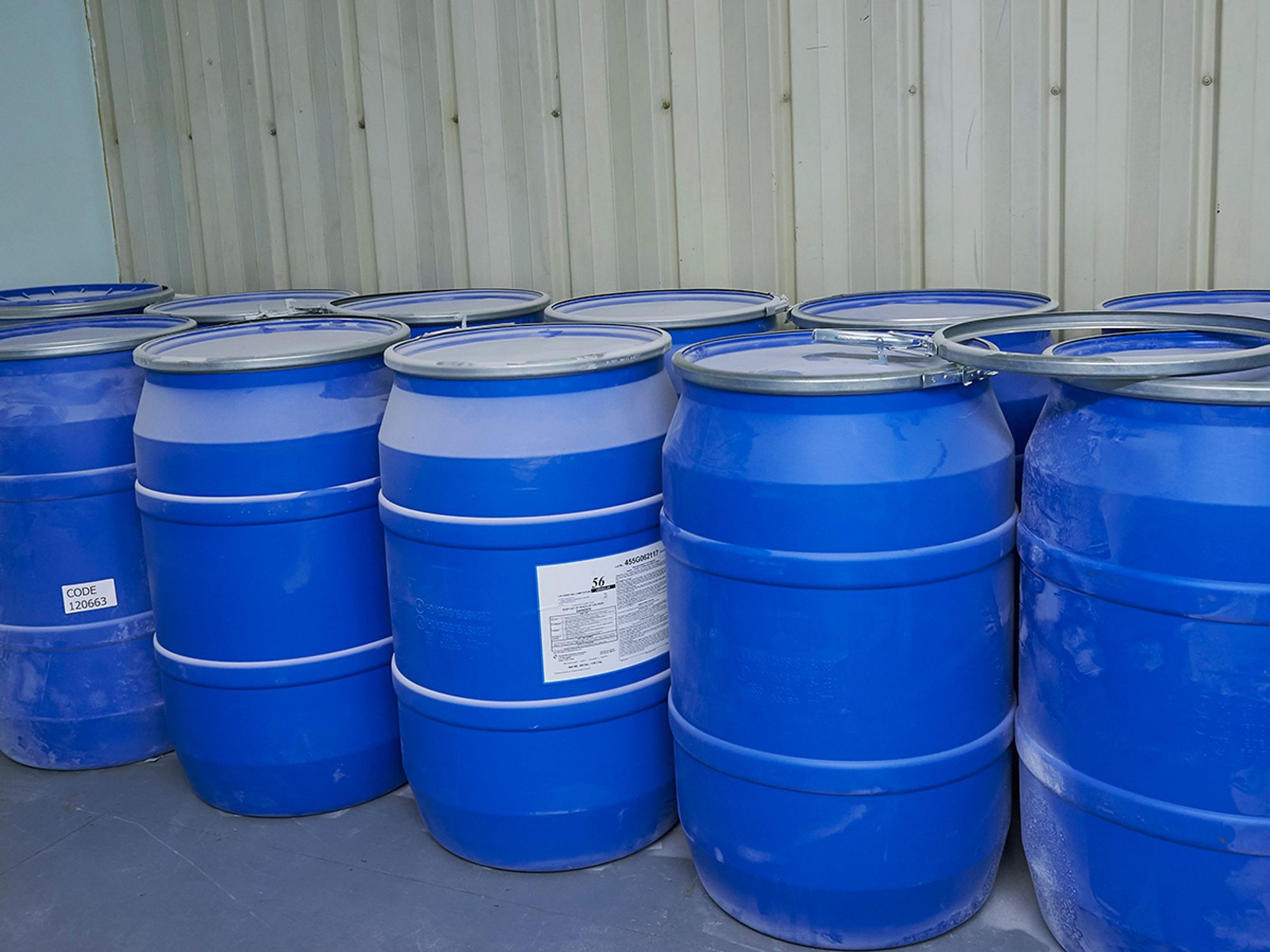InstituteHazardous WasteWaste IdentificationWaste GeneratorsWaste/HazWasteWasteWasteWaste ManagementEnvironmentalFocus AreaEnglishAnalysisIn Depth Sub Topics (Level 4)USA
Large quantity generators (LQGs)
['Waste']

- LQGs produce more than 2,200 pounds of hazardous waste, or more than 2.2 pounds of acutely hazardous waste, per month.
The largest hazardous waste generators, large quantity generators (LQGs) are also the most regulated. These generators produce more than 2,200 pounds of hazardous waste, or more than 2.2 pounds of acutely hazardous waste per month, or more than 220 pounds of residues from a cleanup of acute hazardous waste. LQGs do not have a limit on the amount of hazardous waste accumulated onsite.
Basic requirements for LQGs are:
- Identify all hazardous wastes generated.
- Obtain an Environmental Protection Agency (EPA) Hazardous Waste Generator ID number.
- Ship waste offsite within 90 days.
- Ensure there is at least one employee available to respond to an emergency at all times. This employee is the emergency coordinator responsible for coordinating all emergency response measures.
- Develop detailed, written contingency plans for handling emergencies and prepare a summary of these plans for emergency responders.
- Follow all accumulation and storage requirements, such as labeling containers, using proper containers, inspecting waste accumulation areas, etc.
- Train employees in their job-specific waste management duties along with all emergency procedures.
- Ship waste offsite using the hazardous waste manifest.
- Submit a biennial hazardous waste report to EPA or the state every even-numbered year.
